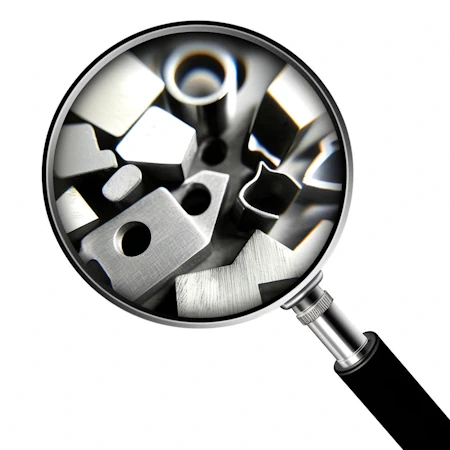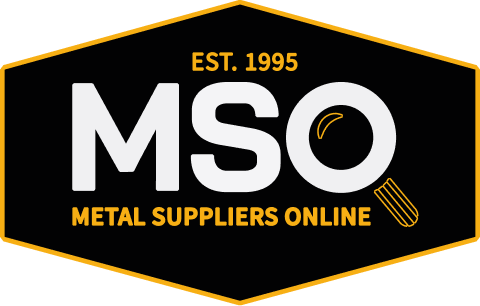Back To Browse
Stainless Steel
Stainless Steel 19-9DL
Annealing Procedure
Soak at 1800-2150 F, air cool. For stress relieving, heat to 1200 F (649 C), hold for 60 minutes and air cool.
Applications
Applications include a wide variety of jet engine components including casings, manifolds, buckets and fasteners. Generally employed in applications where resistance to intergranular corrosion is not a great concern.
Cold Workability
This alloy can be successfully formed using most common practices. If severe forming is employed the material should be stress relief annealed immediately after forming at 1200-1300 F.
Forgeability
Soak thoroughly at 2150 F prior to working, air cool forgings. Given sufficient hammer strength, this material can be forged down to 1250 F.
Hardening Procedure
This material will not respond to hardening by thermal treatment.
Heat Treatability
This alloy is austenitic and will not respond to heat treatment.
Hot Workability
This material can be successfully forged, headed and upset.
Machinability
Experienced machinists compare the characteristics of this material to those of 316 stainless. Constant feeds, slow speeds and ample sulphurized lubricants are necessary for optimum results. The material will produce tough, "gummy" chips. The use of chip breakers or curlers will effectively deal with this problem.
Principle Design Features
This alloy is primarily an austenitic stainless steel which combines fine grain and stability in a wide range of temperatures with good resistance to both corrosion and brittle failure.
Weldability
This alloy can be successfully welded using all commonly employed techniques. When required, filler metal should be of matching chemistry for optimum performance.
Known Forms
Bar-Hollow
Flat Bar
Forgings-Discs
Open Die Forgings
Pipe-Welded
Plate
Round Bar
Seamless Rolled Rings
Sheet
Square Bar
Strip
Tube-Rectangular
Tube-Round (Seamless)
Tube-Round (Welded)
Tube-Square
Wire-Round
Wire-Shaped
Wire-Welding
Billet
Coil
Contour Rings
Mandrel Rings
Shafts
Shapes-CD
Welded Rings
Additional Data
Specifications
651,5526,5579,A453 (651),A457 (651),A458 (651),A477 (651),S63198Dismiss
Chemical Elements
| Carbon | 0.28 - 0.55 |
| Chromium | 18 - 20 |
| Iron | Balance |
| Manganese | 1.5 - 0.75 |
| Molybdenum | 1 - 1.75 |
| Nickel | 8 - 11 |
| Niobium+Tantalum | 0.25 - 0.6 |
| Silicon | 0.3 - 0.8 |
| Titanium | 0.5 max |
| Tungsten | 1 - 1.75 |
Physical Properties
Density: 0.29lb/in³
Specific Gravity: 7.9
Specific Heat: 0.11BTU/lb·°F
Mechanical Properties
Modulus of Elasticity – Tension: 29.5MSI
Thermal Conductivity
| Condition | Temperature | Conductivity |
|---|---|---|
| Annealed | 212 °F | 10.1 W/m·K |
| Annealed | 1000 °F | 14 W/m·K |
Thermal Expansion
| Condition | Min | Max | Expansion Coefficient |
|---|---|---|---|
| Annealed | 70 °F | 212 °F | 8.5 µin/in/°F |
| Annealed | 70 °F | 1000 °F | 9.8 µin/in/°F |
Find the metal you're looking for today.

